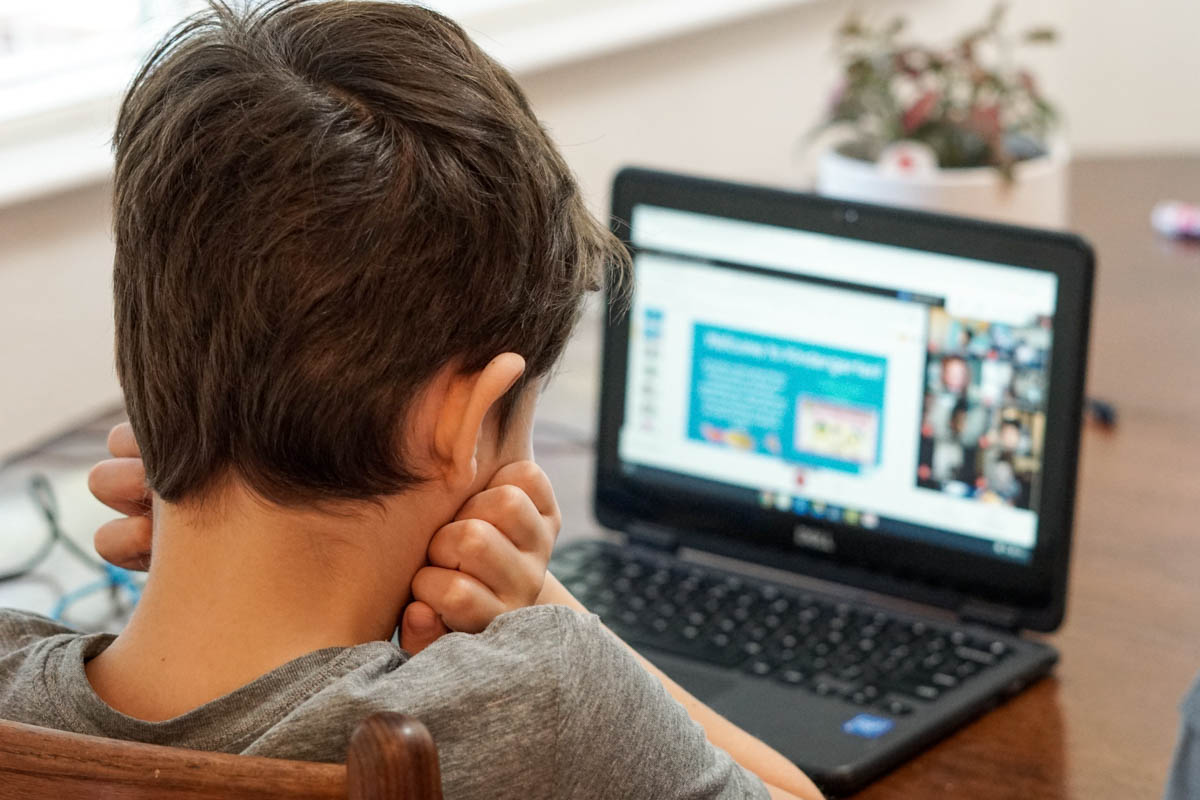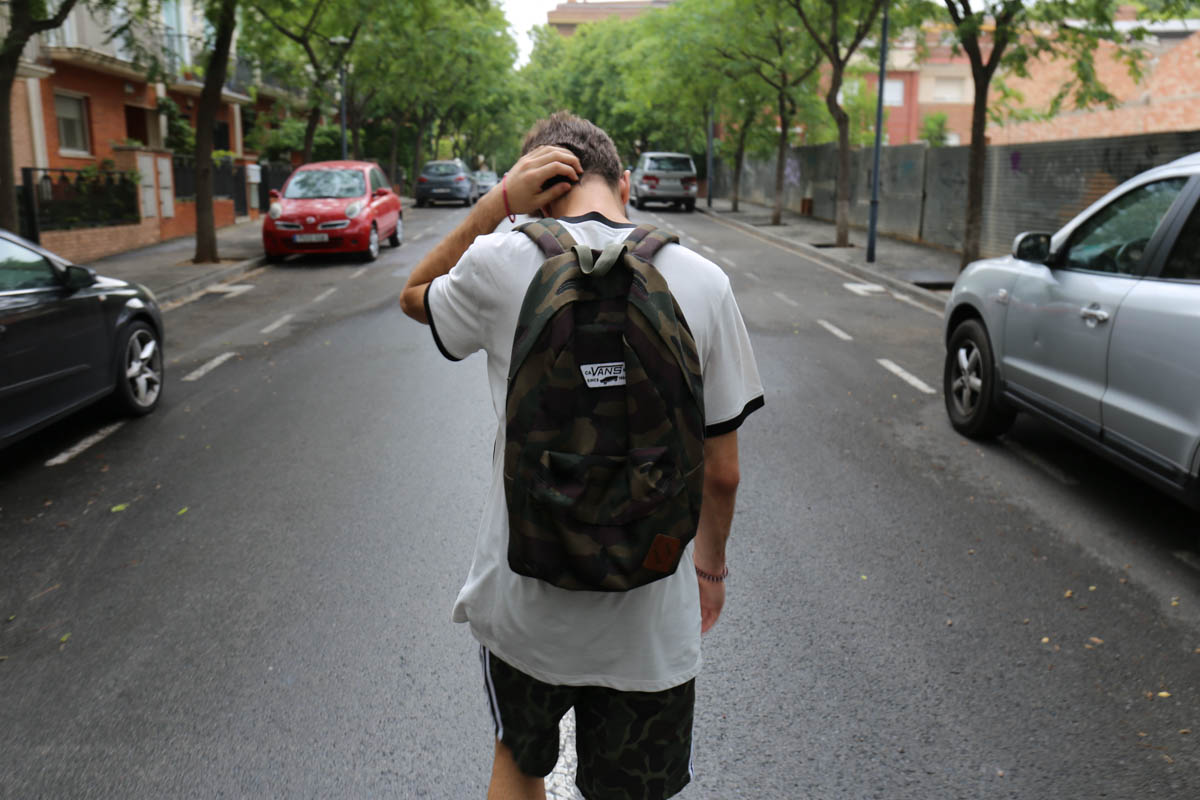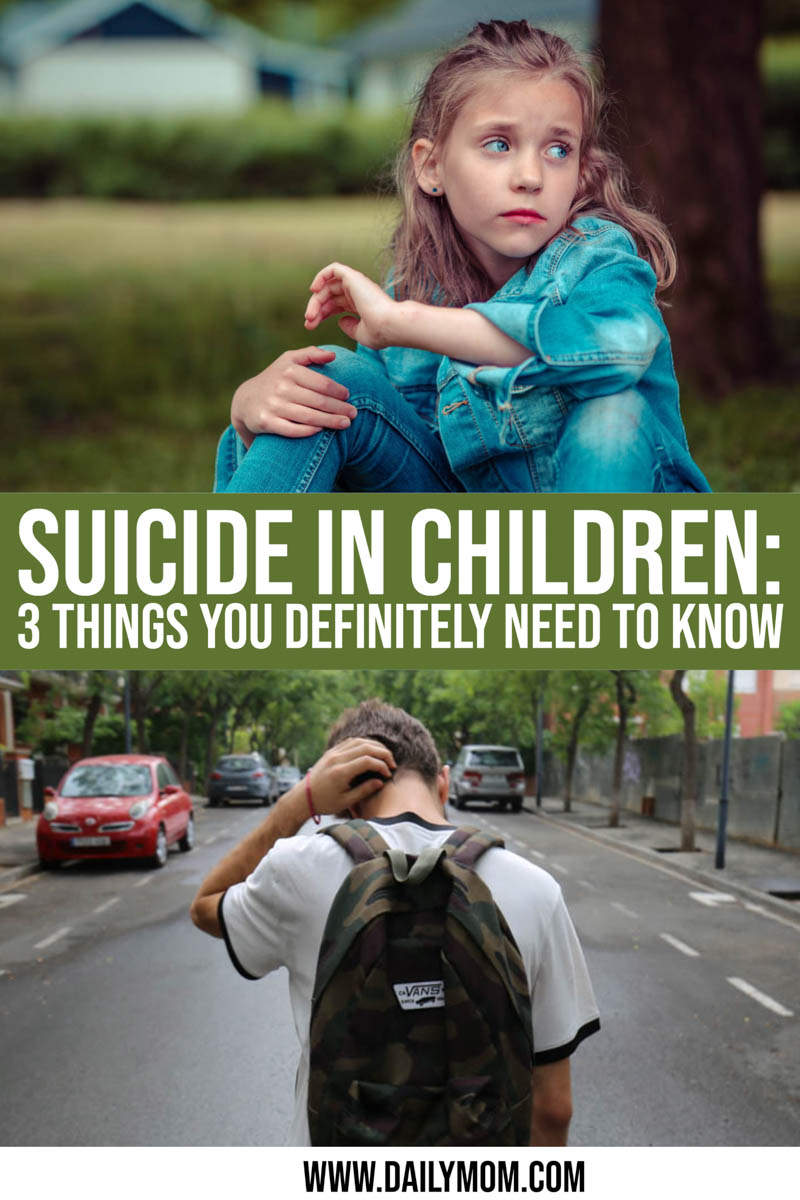It’s every parent’s worst nightmare. Suicide in children is not a conversation topic that arises naturally or frequently. Most parents would not even want to mention the topic. Having a discussion about suicide in children may feel uncomfortable or irrelevant. However, suicide in children is very real, very sad, and very important to discuss. Knowledge and prevention are key for every parent to understand and be able to support their children. Here is information about suicide in children that can help you and your family support the health and wellbeing of your kids.
Suicide In Children: Contributions

Suicide in children is not a thought that crosses parent’s minds often. After all, they are our sweet, innocent children. Most parents may not realize that children are able to take their own lives. Parents may wonder, “How do they even know suicide exists?”, “What could make a child want to commit suicide?”, and “I don’t think they are capable”. These are all thoughts that parents may have when they hear about suicide in children. Don’t be fooled. Children are capable and at risk of committing suicide.
According to healthychildren.org, suicide is the second most common cause of death in people 10-24 years old. This statistic is astonishing and proof that suicide is a very real problem in childhood and adolescence. You may be wondering what causes so many children and adolescents to feel that they must resort to suicide. Suicide can affect anyone, however, there are known contributions that can increase the risk for suicide in children. Here are some factors from healthychildren.org that can contribute to the increased risk for suicide in children:
- Depression
- Psychiatric illness
- Previous suicide attempts
- Family history
- Bullying and cyberbullying
- Access to guns
- Substance abuse
- Behavior problems
- Sexual orientation

Here is the reality: Being a kid is stressful. Not only are they experiencing accelerated growth and physical maturation, but they are also learning how to fit into social norms and expectations. To top it off, they are navigating the complexities of developing their own personality. School, recreational activities, friends, parents, and relationships are a few of the daily stressors that children and adolescents are juggling. On top of everything else, our technological world has invaded the safe haven we used to call “home”. Social media has made its way into our homes, lives, and conversations, making it impossible for kids to distance themselves from negativity and bullying, even at home. We don’t know about you, but being a kid does not sound so easy anymore.
As the saying goes: Hindsight is 20/20. Stressors, such as school and friends, often do not seem as big of a deal to adults who have lived through the trials and tribulations of growing up. However, children and adolescents are unable to see things as clearly as someone who has life experience. Along with a lack of life experience, impulsivity can lead them to make poor, life-altering decisions.
Read More: How To Help Kids Manage Bullying In Schools
Suicide In Children: Know The Signs

As everyone is different and every situation is unique, not all children display the same signs of impending suicide. By being aware of potential signs you can be better prepared to recognize and intervene. Remember: No one knows your child the way you do. Do not ignore something that’s amiss with your child. Additionally, they do not have to have all, or any, of the following warning signs of suicide in children from Boston Children’s Hospital:
- Verbalizing desire to hurt oneself or commit suicide
- Withdrawn from family, friends, or activities that once produced pleasure
- Substance abuse
- Giving away possessions
- Hopelessness and/or sadness
- Risky behavior
- Changes in sleep patterns
- Declined academic performance
- Irritability
- Changes in appetite
Read More: Why Behavioral Health In Children Is Important
Suicide In Children: How To Prevent

Prevention is the key. There are many interventions you, as a parent, can do to help your child overcome their negative emotions and prevent suicide. This list is not all-inclusive and it is not a one shoe fits all situation. The needs of your child are specific to them and can best be addressed through conversation and possible intervention from a trained healthcare professional. DO NOT hesitate to seek help for yourself or your child if there are thoughts of harming oneself or suicide. Here are some ways to prevent suicide in children according to healthychildren.org:
- Listen
- Establish and maintain a supportive relationship with your child
- Make their business your business
- Do not ignore statements or threats of suicide or harming themselves
- Store medications and firearms in a secure location
- Encourage a healthy lifestyle including diet, exercise, and sleep
- Teach your children about emotions and healthy coping techniques
- Encourage your children to spend time with family and friends
- Seek professional health for your child if you are concerned
Taking the time to speak with your child daily about their life will pay off in spades. Be sure to give them your undivided attention. Practicing active listening when spending time with your child can let them know you care, are invested, and that they are not alone in their dilemmas. Staying healthy mentally, physically, and emotionally will not only strengthen the family bonds but can help with being able to handle stressful situations and create lifelong healthy coping mechanisms.
Read More: 8 Tricks For Developing Positive Relationships With Children

Not all dangers are visible. The mental and emotional well-being of a child is just as important as their physical well-being. This is especially true in a day and age that makes keeping negativity at a distance for our children impossible. Technology, social media, and now virtual learning welcomes new stressful experiences and opportunities for problems to arise. Being aware of the contributions and signs of suicide in children can help you prevent these devastating situations.
WANT TO READ MORE?
Are your kids spending a lot of time online? Here is all about Cyberbullying And How It Might Affect Your Child.
💖 NEWSLETTER: DAILY READS IN YOUR INBOX 💖
Sign up to receive our picks for the best things to do, see and buy so you can relax and focus on more important tasks! Let us help you be the best version of yourself you can be!
GET MORE FROM DAILY MOM, PARENTS PORTAL
Newsletter: Daily Mom delivered to you
Facebook: @DailyMomOfficial
Instagram: @DailyMomOfficial | @DailyMomTravel | @BestProductsClub
YouTube: @DailyMomVideos
Pinterest: @DailyMomOfficial
📌 LOVE IT? PIN IT!📌

Photo Credits: Unsplash.com, Pixabay.com









































